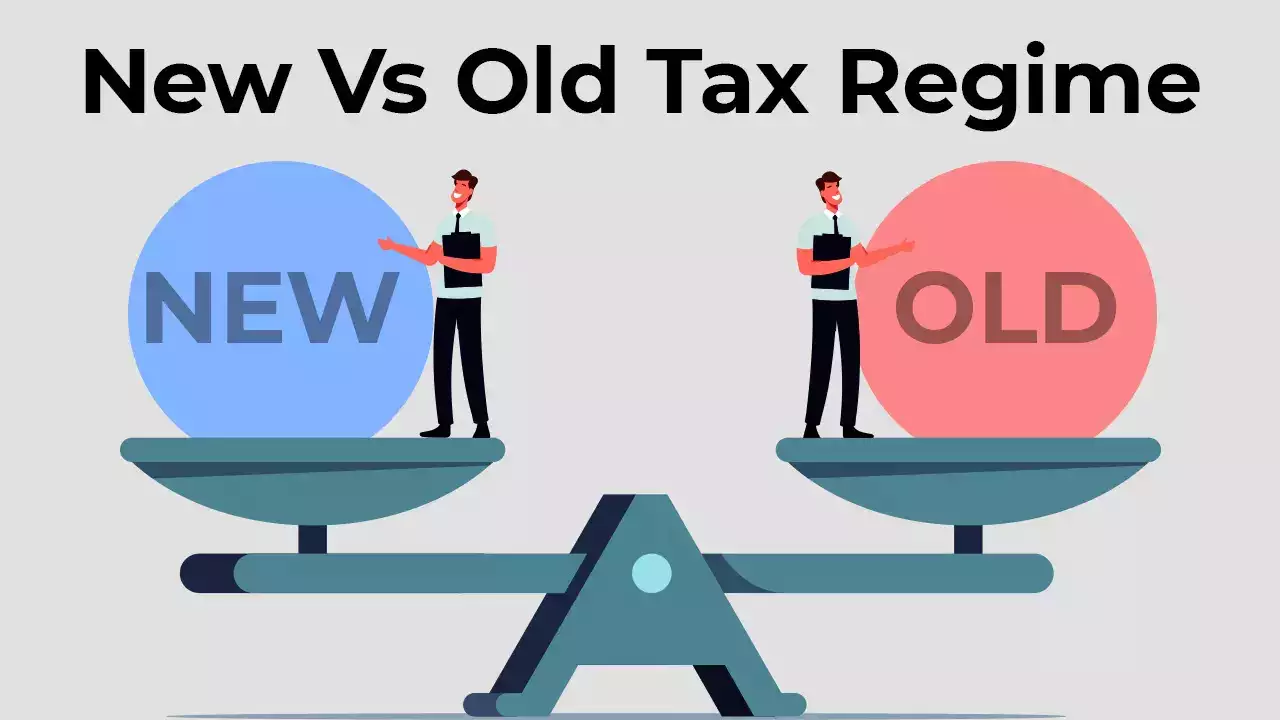Posted on April 14, 2025, by Niftynews
The New Tax Regime Slabs 2025 have officially come into effect from April 1, 2025, introducing significant changes to India’s income tax structure. These updates are designed to make taxation more straightforward, eliminate the need for complex deductions, and provide greater relief to a wider segment of taxpayers.
If you’ve been wondering whether to stick with the old regime or switch to the new one, this comprehensive guide will walk you through the New Tax Regime Slabs 2025, explain the major benefits, and help you make a well-informed decision.
 New Tax Regime Slabs 2025: Updated Income Tax Brackets
New Tax Regime Slabs 2025: Updated Income Tax Brackets
One of the biggest highlights of the New Tax Regime Slabs 2025 is the simplified structure and improved income thresholds. Here’s how the new slabs look for individual taxpayers:
| Annual Income (₹) | Tax Rate |
|---|---|
| 0 – 4,00,000 | 0% |
| 4,00,001 – 8,00,000 | 5% |
| 8,00,001 – 12,00,000 | 10% |
| 12,00,001 – 16,00,000 | 15% |
| 16,00,001 – 20,00,000 | 20% |
| 20,00,001 – 24,00,000 | 25% |
| Above 24,00,000 | 30% |
These revised slabs offer smoother tax progression and are intended to reduce the burden on middle-income earners.
 What’s New in the New Tax Regime Slabs 2025?
What’s New in the New Tax Regime Slabs 2025?
 Increased Basic Exemption Limit
Increased Basic Exemption Limit
The New Tax Regime Slabs 2025 have increased the basic exemption threshold from ₹3 lakh to ₹4 lakh. This means if your annual income is ₹4 lakh or less, you pay no income tax at all.
 Enhanced Rebate Under Section 87A
Enhanced Rebate Under Section 87A
The tax rebate under Section 87A has also been revised significantly:
- Till March 31, 2025: ₹25,000 rebate for income up to ₹7 lakh
- From April 1, 2025: ₹60,000 rebate for income up to ₹12 lakh
This means individuals earning ₹12 lakh or less can effectively bring their tax liability to zero under the new regime.
 Example: Tax Savings for ₹12 Lakh Income
Example: Tax Savings for ₹12 Lakh Income
Let’s say you earn ₹12 lakh per year. Under the old regime (without deductions), your tax liability would be substantial. Under the New Tax Regime Slabs 2025, however, you could save up to ₹83,200, thanks to the new rebate and tax brackets.
This is especially advantageous for individuals who do not actively invest in tax-saving instruments or claim multiple deductions.
 Comparison: New Regime vs Old Regime
Comparison: New Regime vs Old Regime
The New Tax Regime Slabs 2025 eliminate the need for common deductions, focusing instead on upfront tax relief. However, the old regime remains in place for those who prefer to utilize exemptions and deductions.
 Old Tax Slabs (FY 2025-26)
Old Tax Slabs (FY 2025-26)
| Annual Income (₹) | Tax Rate |
|---|---|
| Up to ₹2,50,000 | 0% |
| ₹2,50,001 – ₹5,00,000 | 5% |
| ₹5,00,001 – ₹10,00,000 | 20% |
| Above ₹10,00,000 | 30% |
 Deductions Allowed Under Old Regime
Deductions Allowed Under Old Regime
- Section 80C: Up to ₹1.5 lakh (ELSS, PPF, life insurance)
- HRA & LTA: Based on rent and travel expenses
- NPS: Additional ₹50,000 under Section 80CCD(1B)
- Medical Insurance: Up to ₹50,000 under Section 80D
If you invest wisely and make use of these deductions, the old regime may still provide better value.
 Should You Choose the New Tax Regime Slabs 2025?
Should You Choose the New Tax Regime Slabs 2025?
The decision to switch depends on your financial lifestyle. Here are some quick tips:
- Choose the new regime if you don’t claim many deductions or prefer simplicity.
- Stick with the old regime if you invest in tax-saving instruments and claim deductions.
You can use the official Income Tax Calculator to estimate your tax under both systems and decide accordingly.
 Final Thoughts
Final Thoughts
The New Tax Regime Slabs 2025 are a refreshing step forward for India’s tax system. They promote transparency, ease of filing, and provide meaningful relief for middle-income earners. With increased exemptions and a more generous rebate structure, many taxpayers will find the new regime to be both convenient and cost-effective.
Before filing your taxes for FY 2025-26, take a moment to compare your liability under both regimes. Whether you’re a salaried employee, freelancer, or small business owner, choosing the right tax structure can help you save more and plan better.

 New Tax Regime Slabs 2025: Complete Guide to Tax Relief and Smarter Planning
New Tax Regime Slabs 2025: Complete Guide to Tax Relief and Smarter Planning









